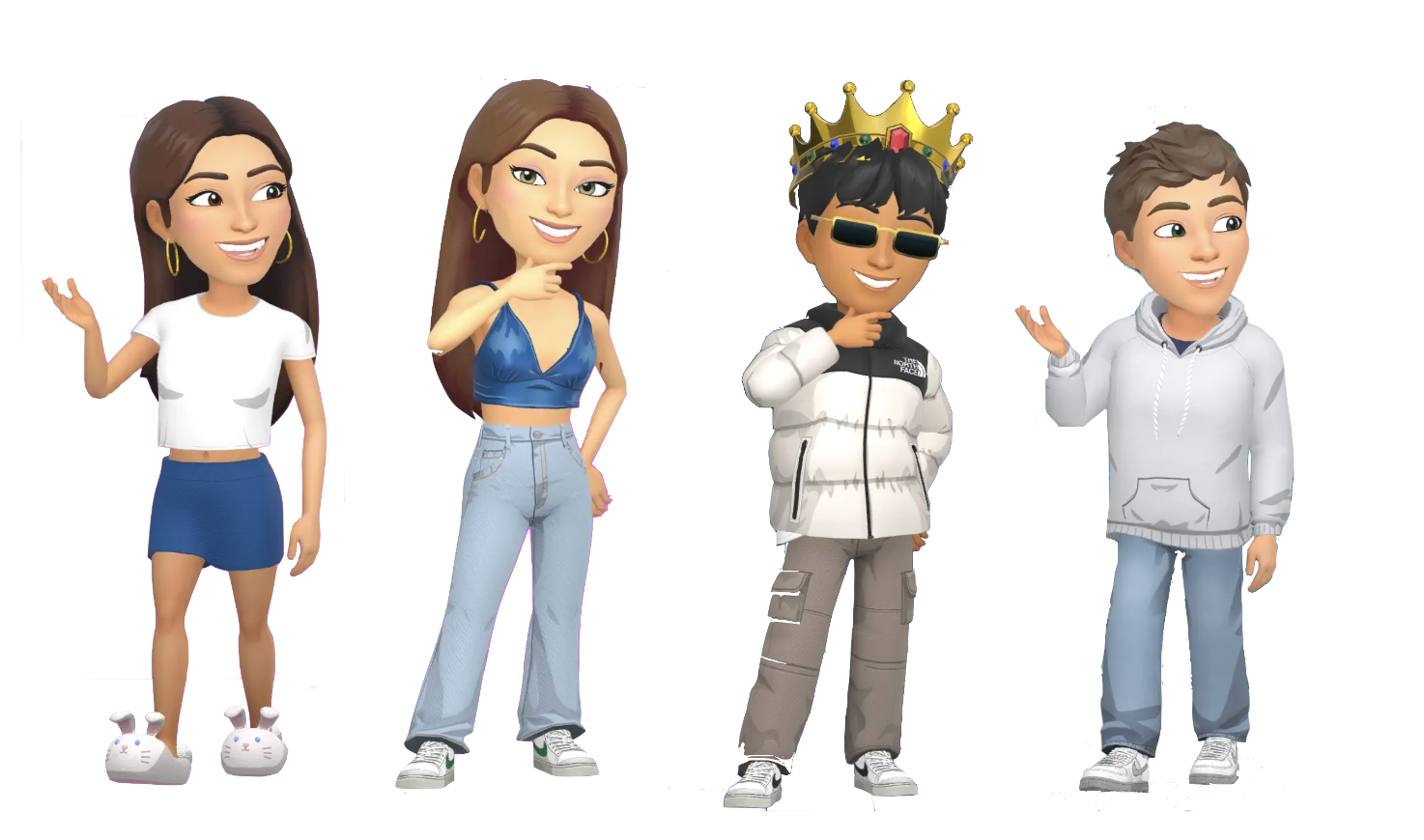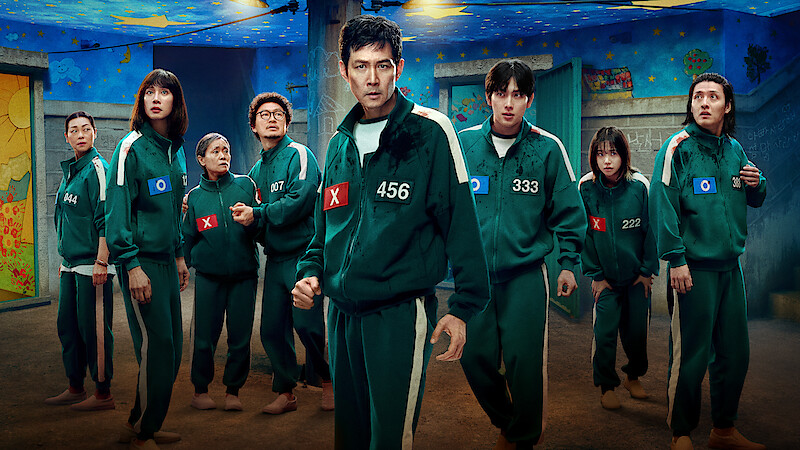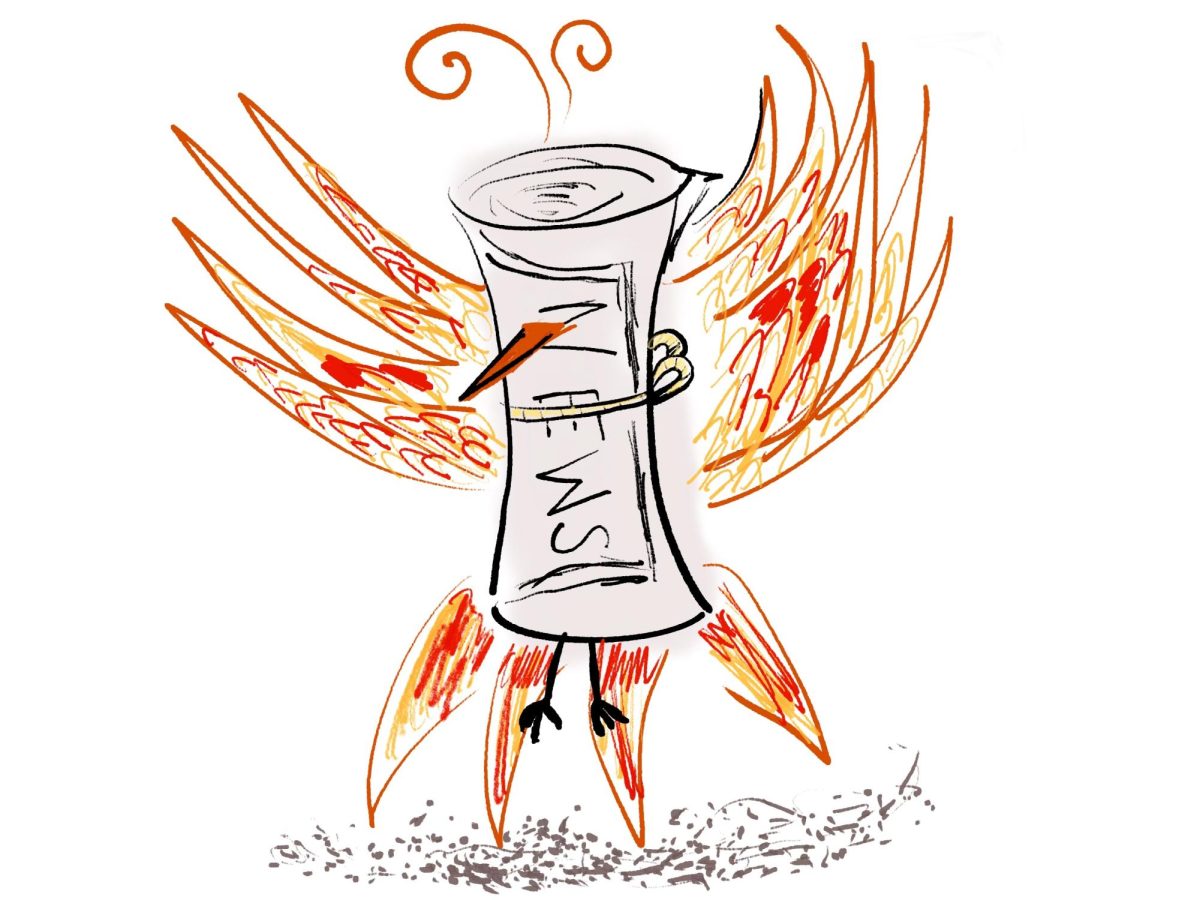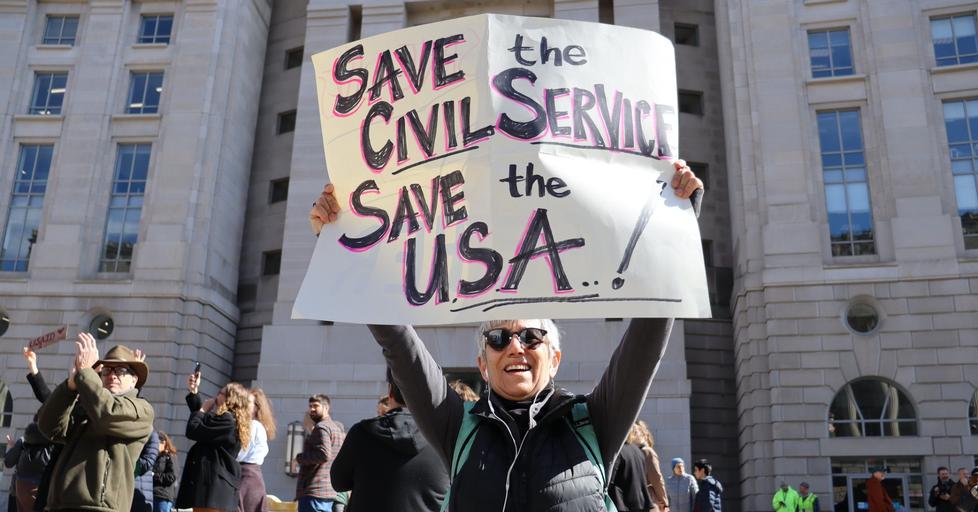Snapchat is like a playground. Just as sharing monkey bars and swings provide the perfect tools to form new friendships, snap scores and streaks create the same type of setting — only now, the connections can be as fleeting and hasty as the messages themselves.
In typical Stanford junior entrepreneur fashion, Evan Spiegel, Bobby Murphy, and Reggie Brown came up with the idea of Snapchat during a conversation with their fellow fraternity brothers about… sexting, according to Business Insider. First launching with the name “Picaboo,” they renamed it to “Snapchat” just months after its initial release in July 2011.

Wanting to differentiate Snapchat from all other platforms, the founders successfully created an Internet hyperfixation where “no one’s off of Snapchat for a day” commented Emma Banaie (‘26). The concept of ephemeral content, not just for sexting as it was originally discussed, but for diverging from capturing what Spiegel called a “traditional Kodak moment” was brilliant. In his eyes, people could now communicate “with the full range of human emotion — not just what appears to be pretty or perfect,” said Spiegel when making his case for Snapchat on his company’s first ever blog post.
These reasons do a lot to explain Snapchat’s features: letting users send photos and videos that disappear after being viewed, using playful filters and lenses to edit their images, keeping “streaks” by exchanging snaps daily with friends, and tracking a “snap score” that rises with activity. Snapchat’s creators hoped that such an environment of “full range human emotion” would spark genuine connections—and yet, it achieves the opposite.
As Tristan Vuong (‘25) put it, Snapchat is “a tool to help you connect with people,” but through features like streaks, which is one of the main points of Snapchat, “it’s not like you’re truly connecting with them…you’re just sending a picture.” Moreover, according to a social study conducted by University of Michigan and University of Pennsylvania on college students’ social and emotional experiences on Snapchat, they found that “participants did not see the application as a platform for sharing or viewing photos; rather, Snapchat was viewed as a lightweight channel for sharing spontaneous experiences.”
Snapchat creates a social environment focused on brief, frequent interactions. Its own marketing materials even state that Snapchat is all about sharing moments, something that the study states is constrained to be contemporary and temporary because, as one participant articulated, “you don’t feel pressured to have substance to it.” Therefore, on an app where teenagers aged 13 through 17 make up 20% of the user demographic, and adolescents aged 18 to 24 make up some 30%, how can it be possibly healthy to perpetuate this kind of social interaction?

That’s where Snapchat’s features come in — they’re what truly distort relationship perceptions. Starting off with the simple but in no way insignificant streaks feature, Snapchat streaks captivates users’ attention with its hourglass countdowns, fire symbols, and rolling number count of streaks. Emma’s longest streak is over 1,000 days, one she’s been cultivating since the sixth grade. “If you think about it, the concept [of streaks] is so dumb. But when you’re doing it, it seems so normal because everyone’s doing it around you,” Emma said. Nonetheless, she’s proud of her streak. She isn’t even worried about losing streaks with friends or worried about any relational consequences it might bring because of the restore-streak feature and the fact that “everyone is always on Snap…everyone’s always snapping back.”
Now, with the release of Snapchat+ in June of 2022, the subscription based plan for $3.99 a month is now “a more transparent version of Snap,” as junior Kalia Roper calls it. With it, one can track others’ otherwise private snap scores, design text wallpapers, see where one lies on another’s best friends list, change one’s Bitmoji car and pets, and overall “customize the app more.” The customization gamifies friendships. Albeit just with streaks, “Snapchat encourages you to come back and keep streaks, it’s all a part of the game,” Emma voiced. All of the regularly obsessive Snapchat features are amplified by the monetization of relationships by Snapchat.
New relationships often fizzle out because of Snapchat’s features like best friends and streaks, which create awkwardness. Instead of clear, face-to-face communication, people obsess over their place on someone’s best friends list and check Snap Maps (a feature that shows users’ live locations to friends on an interactive map) to track their movements. In a study conducted at Lamar University of how college students regard Snapchat’s influence on their interpersonal relationships, they found how multiple participants “remarked specifically about the “snap score,” and that if someone has a really high snap score, users make negative assumptions about their self-perceived popularity and the amount of time they spend on Snapchat.”
Snapchat’s inherent nature cultivates fleeting bonds and built-in “expiration dates.” The fact of the matter is, “What you have on Snap doesn’t translate to your friends in real life,” Emma expressed. Because there’s a clear game aspect to the nature of how people add “friends” on Snapchat. One male participant from another Snapchat communication study led by Marquette University explained how adding someone on Snapchat comes with a “statute of limitations,” an expiration date of sorts. Does that seem strange? If not, consider this: participants in the study found that adding someone through Snapchat while face-to-face was “casual,” but adding someone from an existing contact list was viewed as a more intentional step, possibly showing deeper feelings.


Junior Evan Hamadeh noted how Snapchat “works just like a network, [but] just because you add somebody doesn’t mean you become friends with them.” For a multitude of reasons, having someone added on Snap is friendship on the “first level,” Kalia says. “It’s not like you guys aren’t friends. However, you also aren’t talking…you’re just snapping.” Since when did mere social networking come with so many rules and warnings? Since when was an app meant to foster relationships begin to undermine the very nature of mutual friendship in relationships?
Whether we like it or not, Snapchat influences how we perceive relationships. It also is a facet of social media that we teens struggle to avoid due to peer pressure and the constant fear of missing out. Nevertheless, if we stay mindful of how it distorts and gamifies friendships, we can focus on building connections at our own pace—not on the timeline of an app designed to keep us hooked.









